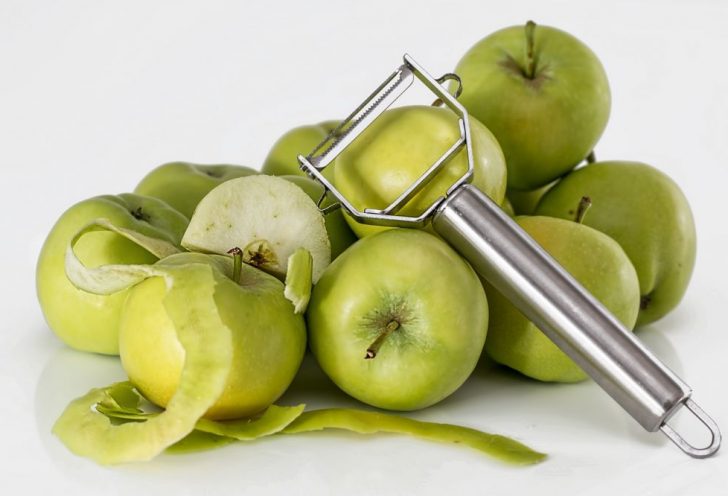The Importance of Healthy Rice: A Comprehensive Guide

Introduction:
Rice has been a staple food for centuries, providing nourishment to billions of people worldwide. In recent years, there has been a growing interest in ”healthy rice” due to its potential health benefits. This article aims to provide a thorough overview of what constitutes ”healthy rice,” the different types available, their popularity, quantitative measurements, differences between them, and a historical analysis of their advantages and disadvantages. Join us as we delve into the world of nutritious grains and uncover the secrets of ”healthy rice.”
What is ”Healthy Rice”?

Healthy rice refers to varieties of rice that offer additional nutritional value compared to regular white rice. These varieties are often unrefined or minimally processed, retaining vital nutrients that are typically lost during refining. They are high in fiber, vitamins, minerals, and antioxidants, making them a healthier alternative for individuals seeking a nutrient-dense diet. Some popular choices of healthy rice include brown rice, black rice, red rice, wild rice, and jasmine rice.
Types and Popularity:
1. Brown Rice: This whole grain rice is minimally processed, with only the inedible outer hull removed. It retains the bran and germ layers, giving it a higher fiber content and more essential nutrients compared to white rice. Brown rice is favored for its nutty flavor and chewy texture, making it suitable for various dishes.
2. Black Rice: Often referred to as ”forbidden rice,” black rice boasts a striking dark color and a distinct nutty taste. It is rich in anthocyanins, powerful antioxidants associated with numerous health benefits. Black rice has gained popularity due to its potential effects on heart health and improved blood sugar control.
3. Red Rice: Red rice is another whole grain option that contains a natural red husk. Its vibrant color indicates the presence of anthocyanins, providing antioxidant and anti-inflammatory properties. The nutty flavor and firm texture of red rice make it a versatile choice for salads, pilafs, or as a side dish.
4. Wild Rice: Despite its name, wild rice is not technically rice but rather the seed of an aquatic grass. It has a robust, earthy flavor and a chewy texture. Wild rice is an excellent source of protein, dietary fiber, and essential minerals such as magnesium and phosphorus.
5. Jasmine Rice: Although jasmine rice is predominantly known for its aromatic qualities, it can also be a healthy choice when consumed in moderation. While its nutrient profile may not match that of the other varieties, jasmine rice still contributes to a balanced diet as a source of carbohydrates.
Quantitative Measurements:
When evaluating the nutritional value of ”healthy rice,” several quantitative measurements come into play. These measurements provide objective data to help individuals make informed dietary choices. Some key quantitative measurements to consider include:
1. Fiber Content: Healthy rice varieties generally have higher fiber content than white rice. Fiber is essential for digestive health, weight management, and blood sugar control.
2. Antioxidant Activity: Antioxidants play a vital role in protecting the body against oxidative stress and reducing the risk of chronic diseases. Measuring the antioxidant activity in healthy rice can help identify varieties with the highest potential health benefits.
3. Glycemic Index: The glycemic index (GI) measures how quickly carbohydrates in food raise blood sugar levels. Low GI foods, such as some types of healthy rice, are preferable for individuals with diabetes or those aiming to maintain stable blood sugar levels.
Differences Between Healthy Rice Varieties:
Each type of healthy rice carries its own unique characteristics, differentiating itself from others in terms of taste, texture, and nutritional profile. These differences make them suitable for a variety of culinary preparations and dietary preferences. Here are some notable disparities between healthy rice varieties:
1. Nutrient Composition: While all healthy rice varieties offer additional nutrients compared to white rice, their specific nutrient profiles may vary. For example, brown rice is higher in fiber, while black rice excels in antioxidants.
2. Cooking Times: The cooking times for healthy rice can differ due to variations in grain size and texture. It is essential to follow specific cooking instructions to achieve the desired consistency for each variety.
3. Flavor Profiles: Healthy rice varieties have distinct flavors that can enhance various dishes. Black rice adds a nutty and slightly sweet taste, whereas red rice offers an earthy flavor. These flavor profiles can influence the overall dining experience.
Historical Analysis of Advantages and Disadvantages:
Throughout history, rice consumption and cultivation practices have shaped the advantages and disadvantages associated with different rice varieties. Understanding the historical context can provide valuable insights into the evolution of ”healthy rice” in various cultures. Some key points to consider include:
1. Traditional Wisdom: Traditional rice varieties often possess inherent nutritional advantages due to centuries-old cultivation practices. Ancient societies utilized diverse rice varieties that offered more robust nutrient profiles compared to refined options.
2. Industrialization and Modern Preferences: With the advent of industrialization and modern food preferences, refined white rice became more dominant, leading to the loss of many essential nutrients. However, recent trends have shifted towards reembracing traditional, healthier rice alternatives.
Conclusion:
”Ny Hälsa Rice” is a growing category of rice that offers superior nutritional content compared to white rice. The various types of healthy rice, such as brown rice, black rice, red rice, wild rice, and jasmine rice, each have their own unique advantages and nutritional characteristics. Incorporating these options into your diet provides a boost in dietary fiber, antioxidants, minerals, and vitamins. By understanding the quantitative measurements and historical context behind healthy rice, individuals can make informed choices that contribute to a healthier lifestyle. So, next time you plan a meal, consider the wide array of healthy rice options available and savor the added benefits they bring to your plate.
Disclaimer: This article is for informational purposes only. It is important to consult with a healthcare professional or a registered dietitian before making any significant changes to your diet.





















